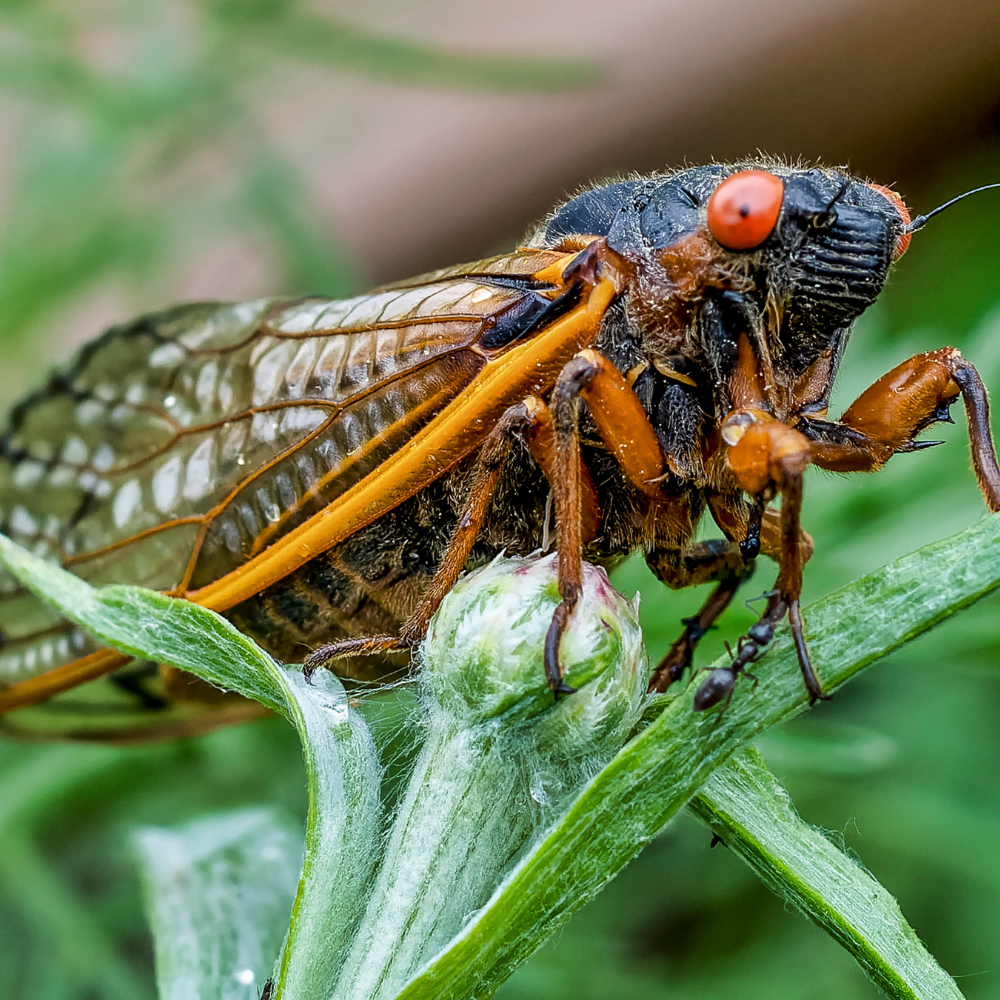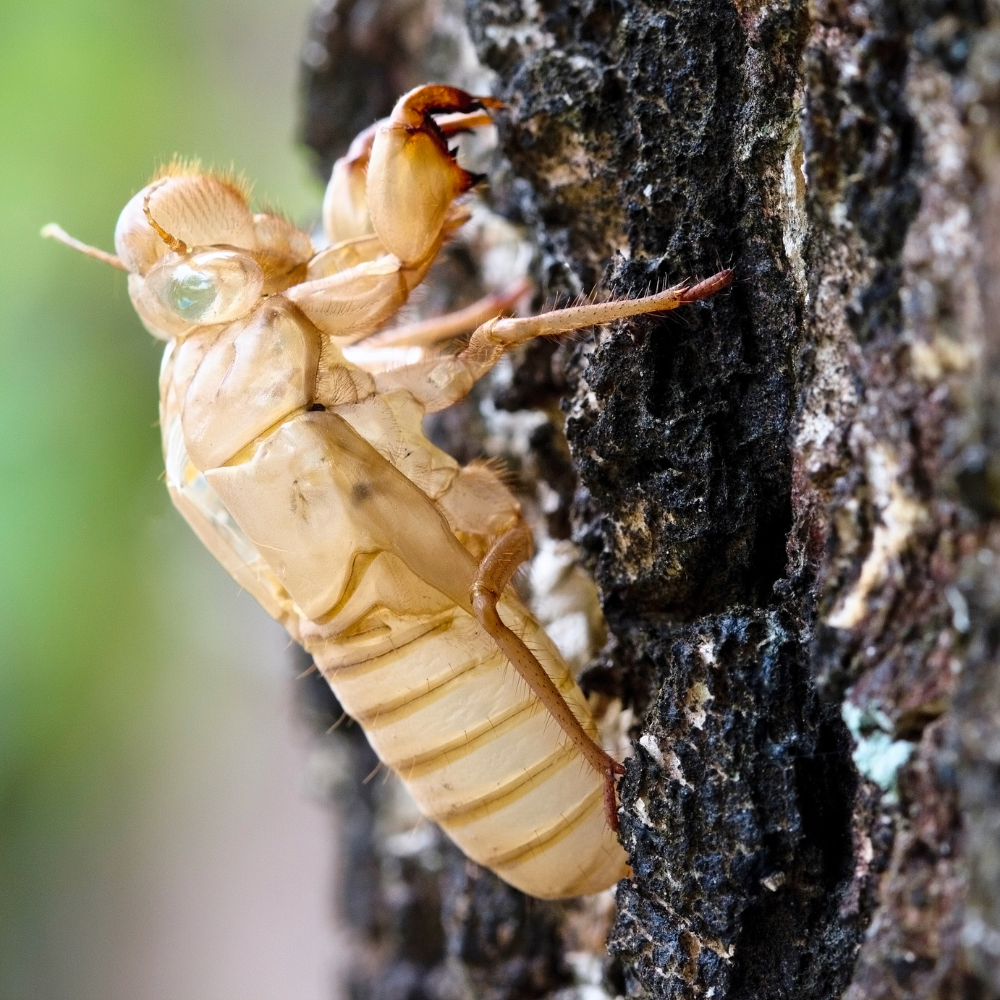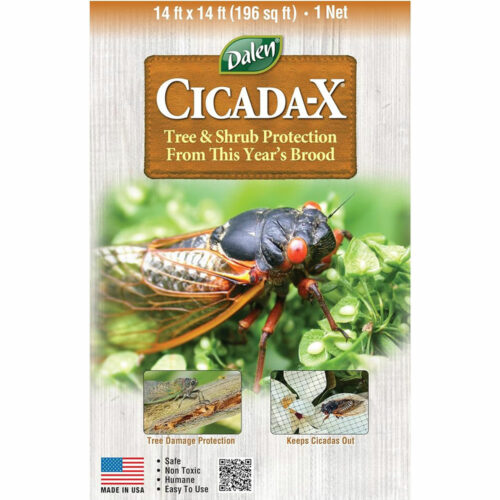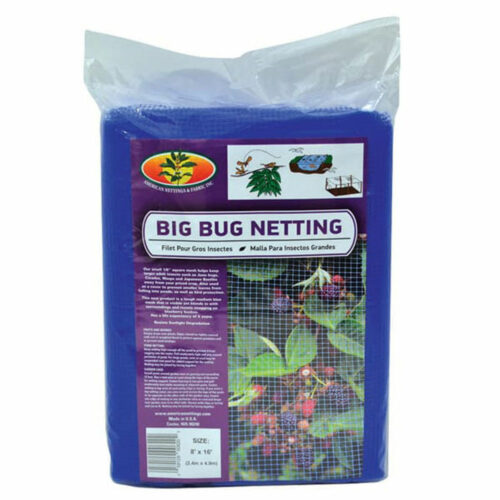Every few years, nature gifts us with a phenomenon that captivates and sometimes overwhelms our senses—the emergence of cicadas. In 2024, we eagerly anticipate the return of Broods XIII and XIX, each emerging in their respective ranges across the United States. As these remarkable insects awaken from their lengthy slumber, their presence will have significant effects on both the ecosystem and our daily lives. Let’s delve into what we can expect from these buzzing creatures and their impact on plants.
The Cicada Emergence: A Natural Spectacle
Cicadas are renowned for their remarkable life cycles, spending the majority of their lives underground as nymphs before emerging en masse to mate and lay eggs. Brood XIII, which consists primarily of the periodical cicada species Magicicada neotredecim, will make its appearance across parts of Illinois, Iowa, and Wisconsin. Meanwhile, Brood XIX, comprised of Magicicada tredecassini, will emerge in portions of Louisiana, Mississippi, and Tennessee.
The emergence of cicadas is a spectacle unlike any other, with billions of insects covering trees, filling the air with their distinctive buzzing calls, and molting into their adult forms. While some may find their presence overwhelming, it’s essential to appreciate the role these creatures play in the ecosystem.
Impact on Plants
Cicadas have a complex relationship with plants, influencing both their immediate environment and the broader ecosystem. One of the most significant effects of cicadas on plants is their role in nutrient cycling. When cicadas emerge in massive numbers, they feed on xylem fluid from tree roots, and upon their death, their decomposing bodies release essential nutrients back into the soil. This influx of nutrients can benefit nearby plants, promoting growth and overall health.
However, the oviposition behavior of female cicadas can pose a threat to young trees and shrubs. Female cicadas use their ovipositors to insert eggs into small branches, causing damage that can weaken or kill young plants. While established trees can usually withstand this damage, newly planted or young trees may require protection to prevent significant harm.
Mitigating the Impact
For gardeners and plant enthusiasts in areas affected by Broods XIII and XIX, there are several strategies to mitigate the impact of cicadas on plants.
- Netting: Utilizing plant nets, such as those available from Ship My Plants, can help protect vulnerable plants from cicada damage. These nets create a physical barrier that prevents female cicadas from accessing branches for egg-laying.
- Pruning: Removing heavily infested branches can help reduce damage to trees and promote healthy regrowth. However, pruning should be done carefully to avoid causing further stress to the plant.
- Mulching: Applying a layer of mulch around the base of trees and shrubs can help conserve soil moisture and provide additional nutrients. Mulch also acts as a deterrent for female cicadas seeking oviposition sites.
- Monitoring: Regularly inspecting plants for signs of cicada damage, such as split or damaged branches, can help identify affected areas early and take appropriate action.
Embracing Nature’s Phenomenon
While the emergence of cicadas may present challenges for plants and gardeners alike, it’s essential to recognize the significance of this natural phenomenon. Cicadas play a vital role in ecosystem health, contributing to nutrient cycling and serving as a food source for various wildlife species.
As Broods XIII and XIX emerge in 2024, let’s embrace the awe-inspiring spectacle of billions of cicadas filling the air with their buzzing calls. By understanding their impact on plants and taking proactive measures to protect vulnerable species, we can coexist harmoniously with these remarkable insects and appreciate the beauty of nature’s cycles.
More Recent Posts
Discover the Magic of Hydrangeas: The Ultimate Choice for Your Home’s Exterior Landscaping!
Are you looking to transform your home’s exterior into a breathtaking paradise? Look no further! Hydrangeas are the perfect choice to elevate your landscape design! Here’s why: Colorful Showstoppers: Hydrangeas boast stunning, large blooms that come in a variety of captivating colors, such as blue, purple, pink, and white. Their color-changing properties add a touch…
Selling Plants Online has Never Been Easier
Going back to the pandemic, the consumer horticulture industry gained over 18 million new gardeners and plant parents. This is a significant amount of new interest in the wonderful world of plants. Garden centers, growers and home hobbyists all had to make this hard pivot to online sales in 2020. Since then, many garden retailers…
The Future of Consumer Horticulture
When it comes to consumer horticulture, there are countless factors that can contribute to its popularity and growth. From new consumer trends and innovative marketing strategies to technological advancements and consumer confidence, there is no shortage of potential factors at play. One company that is helping to drive consumer horticulture into the future is Ship…
Ship My Plants VS.
For Plant People, By Plant People Ship My Plants is the go-to marketplace for plant enthusiasts. Cultivated by a longtime love of horticulture, our multi-vendor platform offers a unique solution to buy and sell plants online. Unified Plant Data Backed by the industry’s leading plant database, Ship My Plants provides unified information across 30,000+ plant…








